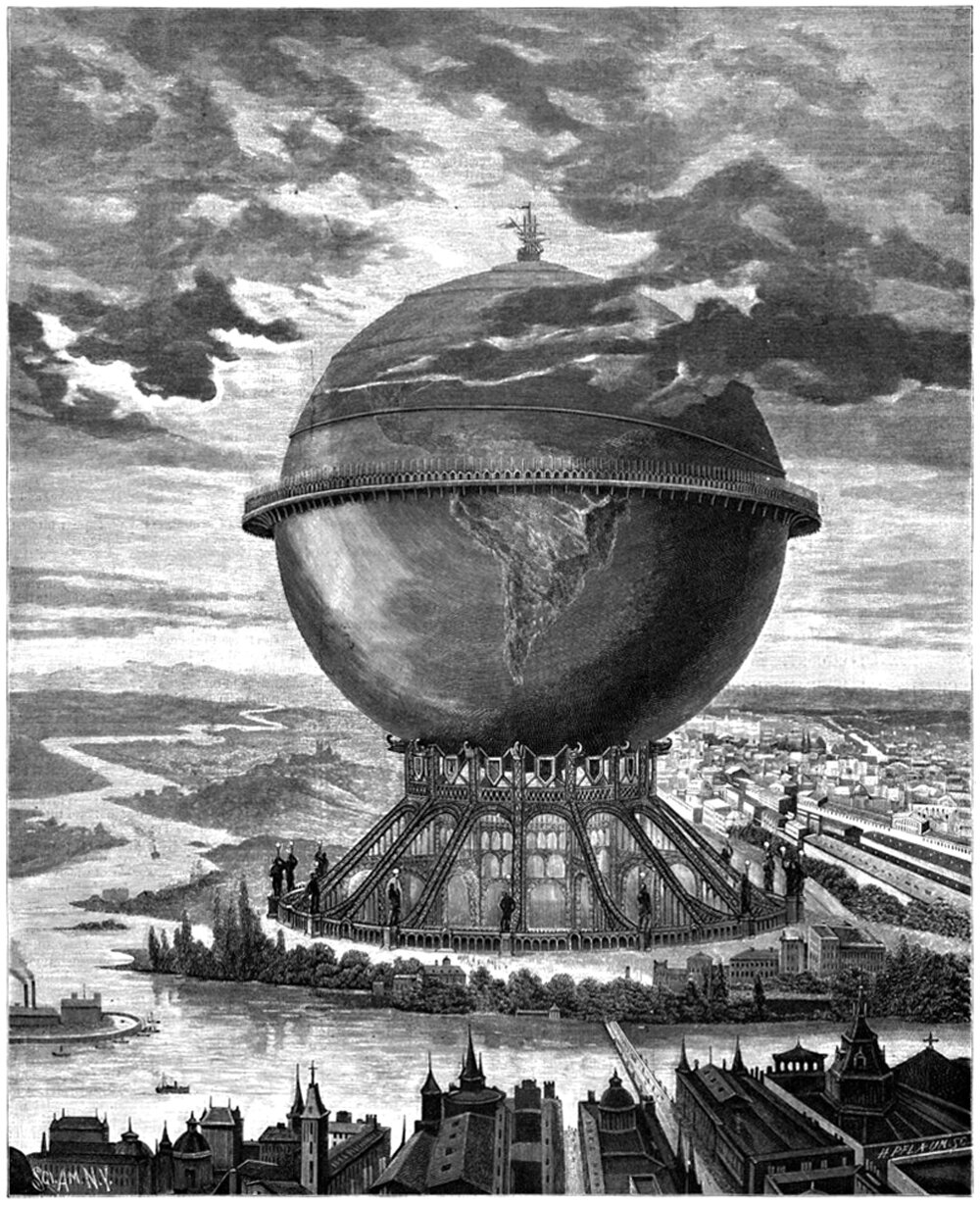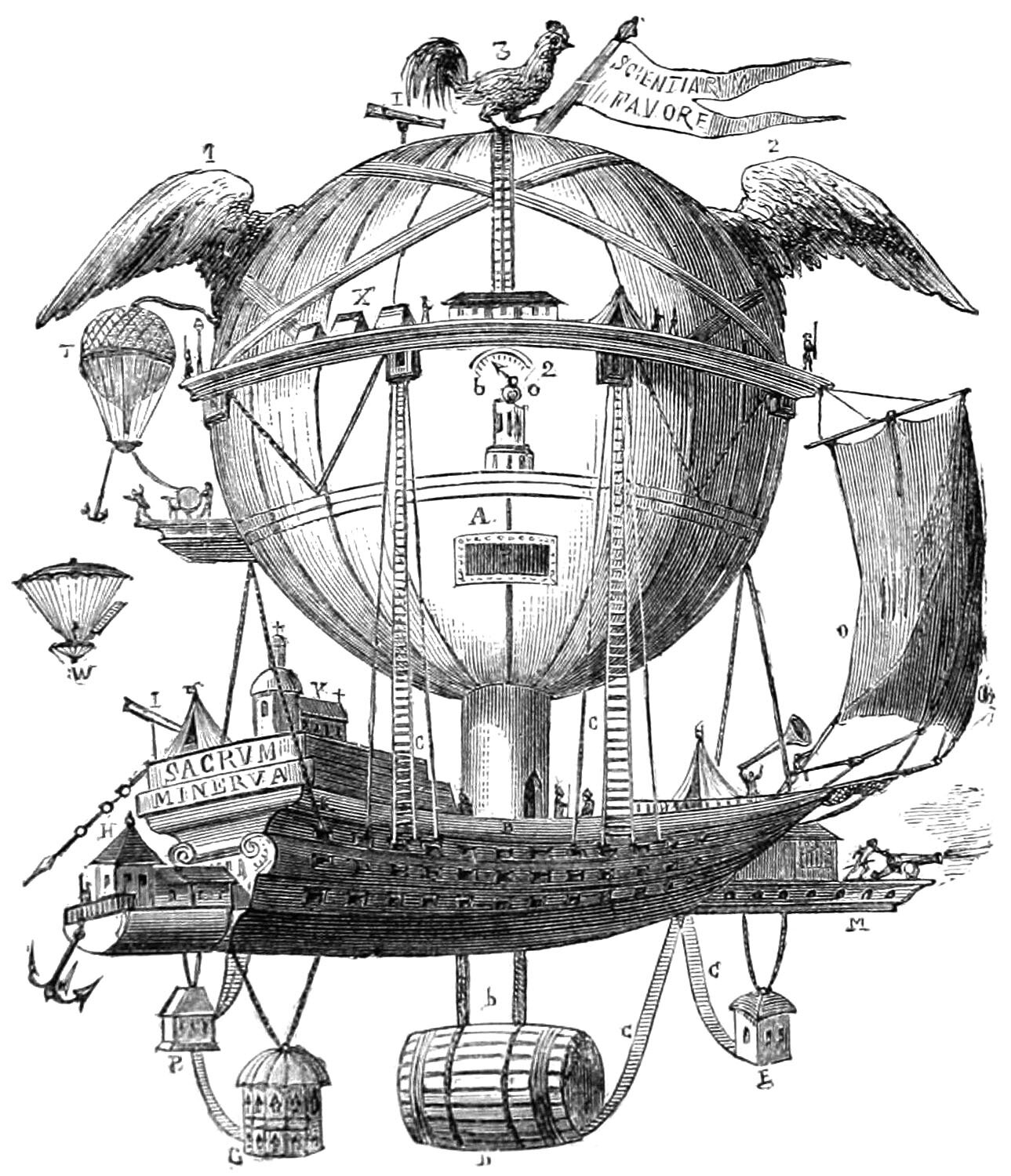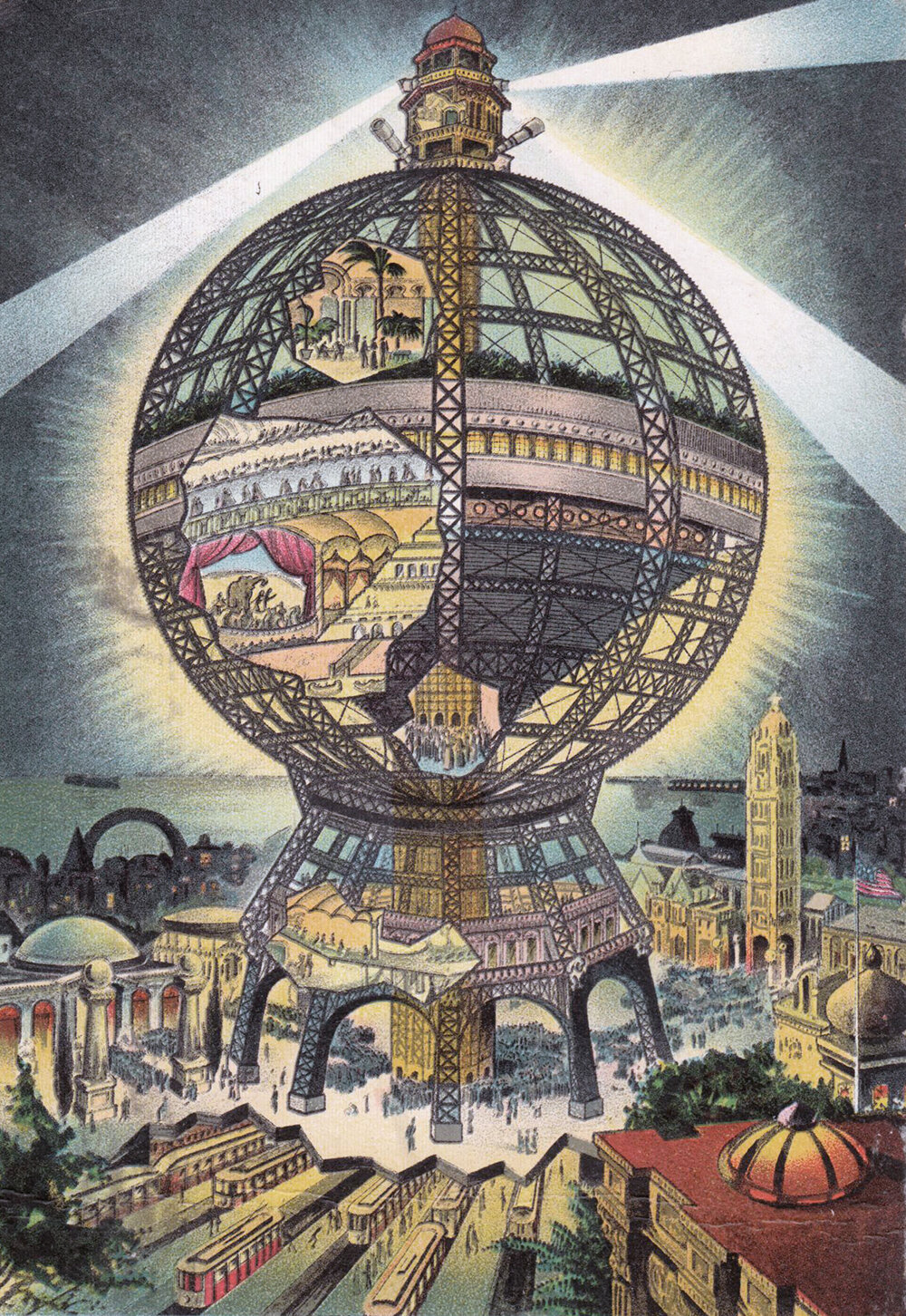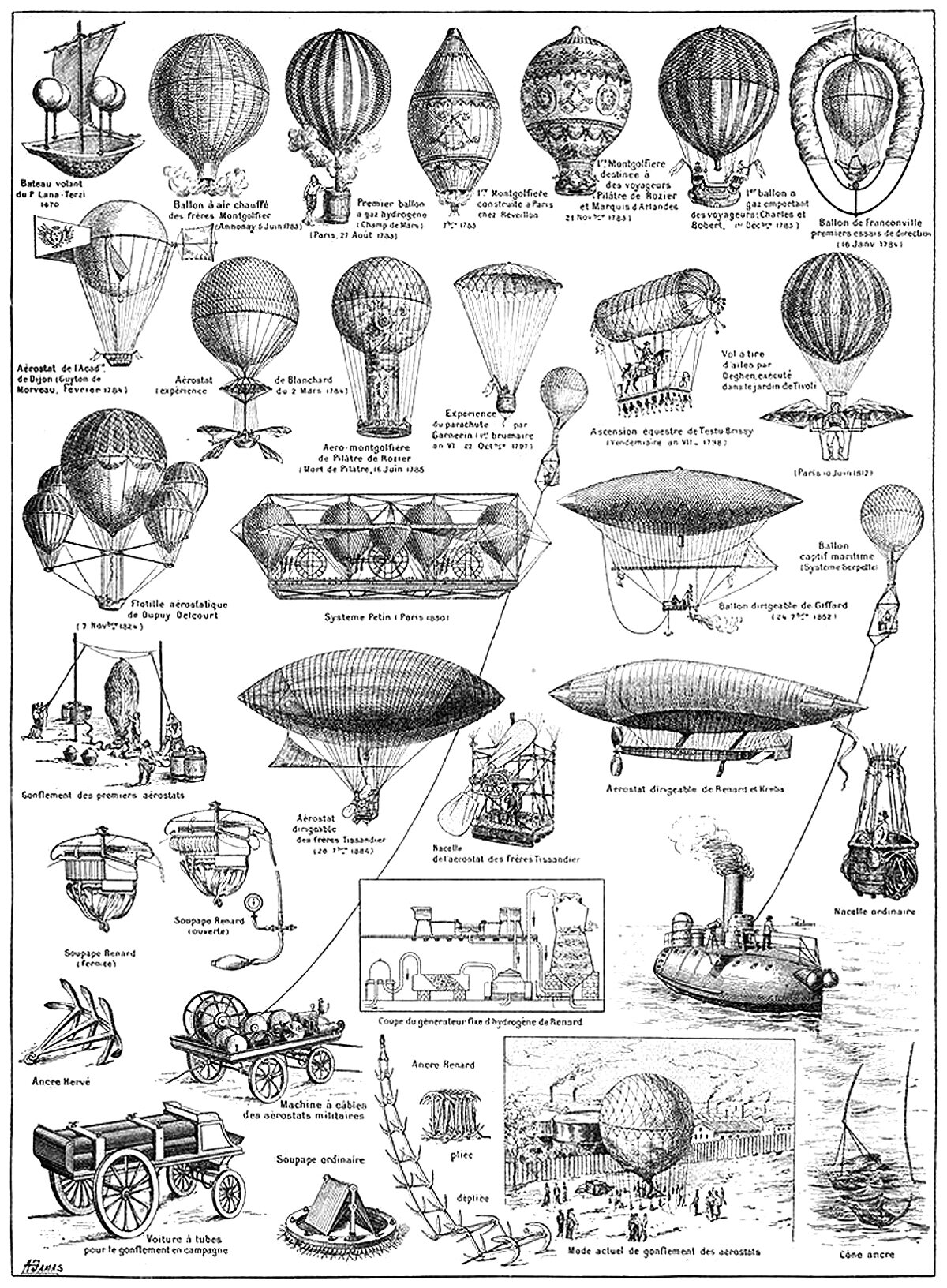Welcome to On Verticality. This blog explores the innate human need to escape the surface of the earth, and our struggles to do so throughout history. If you’re new here, a good place to start is the Theory of Verticality section or the Introduction to Verticality. If you want to receive updates on what’s new with the blog, you can use the Subscribe page to sign up. Thanks for visiting!
Click to filter posts by the three main subjects for the blog : Architecture, Flight and Mountains.

Alberto de Palacio’s Monument to Christopher Columbus
The phenomenal success of the Eiffel Tower has impressed upon the projectors of coming exhibitions the idea that they must strive to rival (if not to surpass) that unique structure by some colossal monumental work. This is the first sentence of an article from 1891 announcing the proposal pictured above. It was a monument to Christopher Columbus, and it was designed by Spanish engineer Alberto de Palacio, to be built for the 1893 World’s Fair in Chicago.

Étienne Gaspard Robert’s La Minerve Airship
Pictured above is an airship design from 1803 by Étienne Gaspard Robert. Robert was a Belgian stage magician and physicist, and he also designed and flew balloons. His most famous design, called La Minerve, is pictured above. It was meant to be an exploratory vessel which would make multi-month trips around the world. Robert described the craft as an aerial vessel destined for discoveries, and proposed to all the Academies of Europe. It’s impractical, naïve, and amazing.

The Coney Island Globe Tower
Pictured above is the Coney Island Globe Tower, proposed in 1906 by Samuel Friede for a lot at the corner of Steeplechase Park in Coney Island, Brooklyn. The building features an enormous globe built of latticed steel, similar in style to the Eiffel Tower. The Globe was designed as an entertainment and leisure complex, and it was marketed as the second tallest building in the world, behind the aforementioned Eiffel Tower. The most intriguing part of the proposal, however, is that it was a fraud.

Early Balloon Designs
There are two main strategies when designing a flying machine. The first is a heavier-than-air machine, which relies on creating a lifting force to overcome gravity. The second is a lighter-than-air machine, which relies on a balloon filled with gas or heated air. The above illustration shows famous examples of the latter.

Francesco Lana de Terzi's Aerial Ship
Francesco Lana de Terzi is sometimes referred to as the Father of Aeronautics. He was an Italian Jesuit priest, a professor of physics and mathematics, and he was intrigued with human flight. In 1670 he published Prodromo, a book containing myriad ideas and inventions, the most famous of which was the design for a flying ship.

Verticality, Part I: The Context
The universal elements of our lives on planet earth
In order to understand how and why humans have an innate need to escape the surface of the earth, we must first examine the context in which we have evolved and existed throughout our history. This context is unchanging, and has been true for every member of our species who has ever lived. I’ll approach the subject in two parts.
